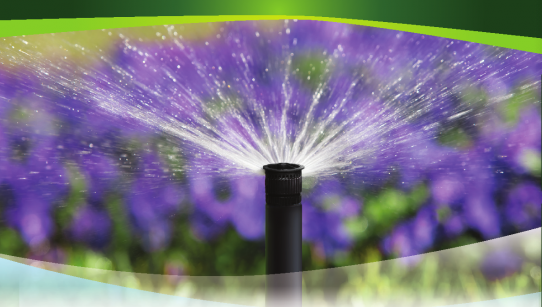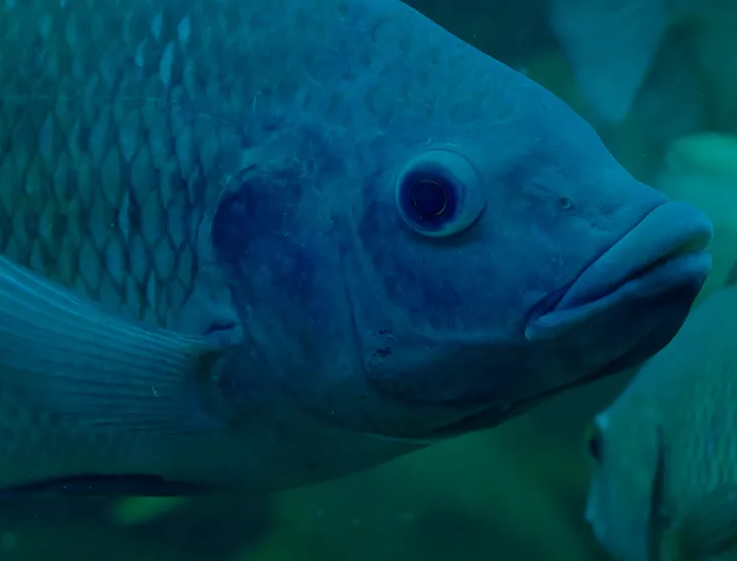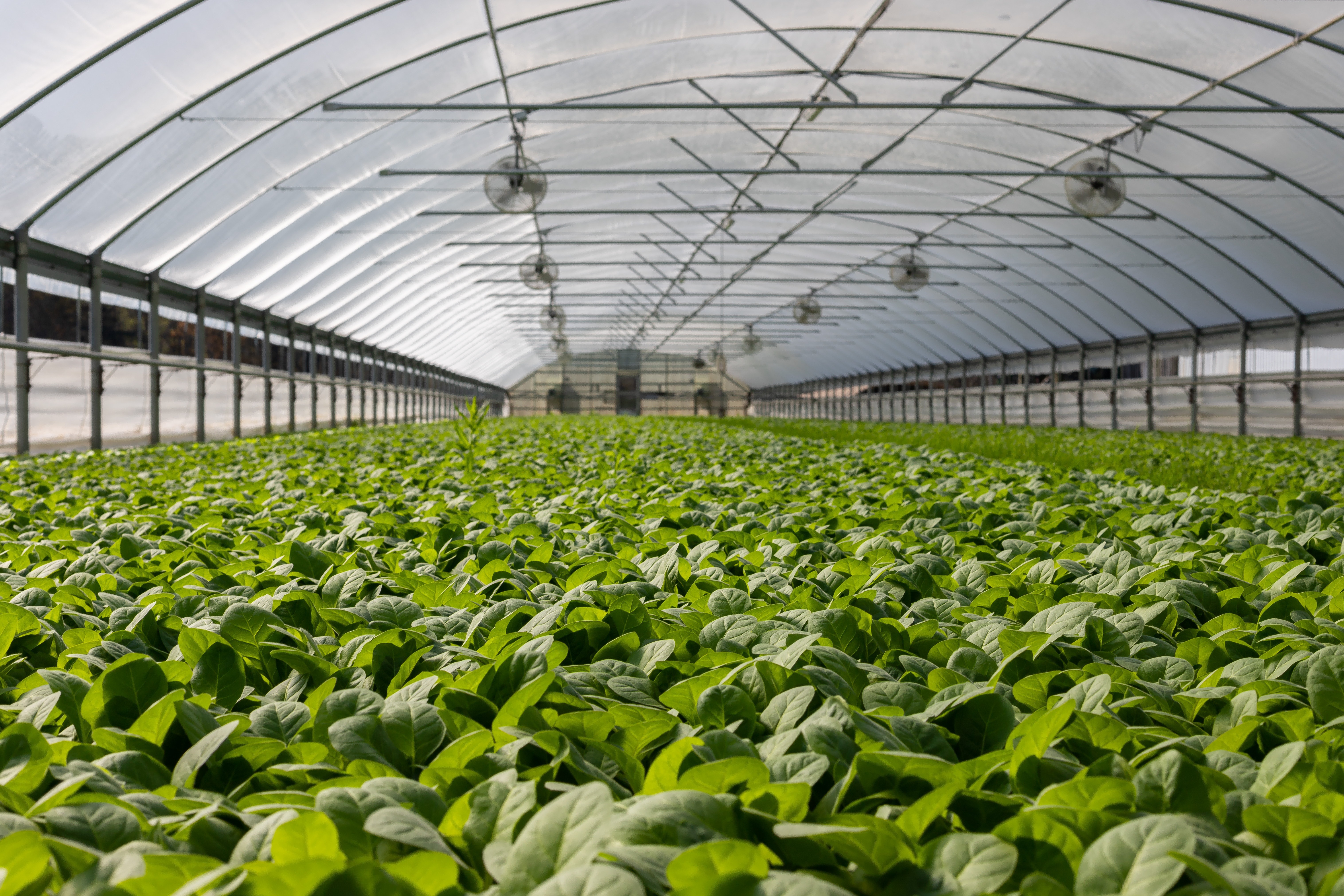Delivering Nutrients with Precision: The need for Fertigation Systems
Delivering Nutrients with Precision: The need for Fertigation Systems
Fertigation is a term that refers to the practice of
applying fertilizers and nutrients to crops through an irrigation system.
Fertigation systems inject the fertilizers and nutrients directly into the
water supply used for irrigation, allowing for precise control over the amount
and timing of nutrient delivery to the crops.
Fertigation systems typically consist of a pump or injector
that injects the fertilizers and nutrients into the irrigation water, a tank or
reservoir that holds the fertilizers and nutrients, and a controller that
regulates the amount and timing of nutrient delivery. Some fertigation systems
also include sensors that monitor soil moisture, nutrient levels, and other
environmental factors to help optimize nutrient delivery and crop growth.
Fertigation systems can be used with a variety of irrigation methods, including
drip irrigation, sprinkler systems, and pivot irrigation systems. The use of
fertigation systems can help increase crop yields, improve crop quality, reduce
fertilizer waste, and minimize environmental impact.
There are
several reasons why fertigation systems are becoming increasingly popular among
farmers and growers. Here are just a few of the key benefits:
Greater Precision:
Fertigation systems enable farmers to precisely control the
amount and timing of nutrients delivered to their crops. By injecting
fertilizers and nutrients directly into the irrigation water, fertigation
systems allow for more precise nutrient application than traditional methods
such as broadcast fertilization. This level of precision ensures that crops
receive the right amount of nutrients at the right time, which can lead to
improved yields, increased quality, and reduced waste. Additionally,
fertigation systems can be programmed to deliver different nutrient blends at
different growth stages, providing crops with the specific nutrients they need
during each stage of growth.
Improved Efficiency:
Fertigation systems enable farmers to precisely control the
amount and timing of nutrients delivered to their crops. By injecting
fertilizers and nutrients directly into the irrigation water, fertigation
systems allow for more precise nutrient application than traditional methods such
as broadcast fertilization. This level of precision ensures that crops receive
the right amount of nutrients at the right time, which can lead to improved
yields, increased quality, and reduced waste. Additionally, fertigation systems
can be programmed to deliver different nutrient blends at different growth
stages, providing crops with the specific nutrients they need during each stage
of growth.
Reduced Environmental Impact:
Fertigation systems can help reduce nutrient runoff and
leaching, which can be harmful to the environment. When fertilizers are applied
to the soil surface, they can be easily washed away by rain or irrigation
water, potentially polluting nearby waterways and causing harm to aquatic life.
Fertigation systems inject fertilizers and nutrients directly into the
irrigation water, which is delivered directly to the plant roots. This reduces
the risk of runoff and leaching and helps ensure that the fertilizers are used
efficiently by the plants.
Additionally, because fertigation systems allow for more
precise nutrient application, farmers can use smaller amounts of fertilizer
overall. This reduces the risk of over-application and reduces the amount of
excess fertilizer that can potentially leach into the soil or waterways. By
reducing the amount of fertilizer needed overall, fertigation systems can help
minimize pollution and protect the environment.
There are
several types of fertigation systems available, including:
Injectors:
Injectors use a pump to inject fertilizers and nutrients into the irrigation water as it flows through the system. There are several different types of injectors, including:
1. Positive Displacement Injectors: These injectors use a piston or diaphragm to inject the fertilizer or nutrient solution into the irrigation water.
2. Venturi Injectors: These injectors use a venturi tube to create a vacuum that draws the fertilizer or nutrient solution into the irrigation water.
3. Proportional Injectors: These injectors use a control valve to adjust the flow rate of the fertilizer or nutrient solution, allowing for precise control over the amount of nutrient delivered.
4. Hydraulic Injectors: These injectors use water pressure to inject the fertilizer or nutrient solution into the irrigation water.
Injectors can be
used with a variety of irrigation systems, including drip irrigation,
sprinklers, and pivot irrigation systems. They are a cost-effective and
easy-to-use option for delivering nutrients through an irrigation system.
Venturi Systems
Venturi systems use a Venturi tube to create a vacuum that
draws the fertilizers and nutrients into the irrigation water as it flows
through the system. As the water flows through the narrowest part of the
Venturi tube, it creates a vacuum that draws the fertilizers and nutrients into
the system through a feeder line or injection port.
However, Venturi systems have some limitations. They may not
be suitable for use with highly concentrated fertilizers or nutrients, and they
may not provide the same level of precision as other types of fertigation
systems. Additionally, the flow rate through a Venturi system may be limited by
the size of the Venturi tube, which could limit the amount of irrigation water
that can be delivered to the crops.
Drip Irrigation Fertigation:
Drip irrigation fertigation is a type of fertigation system
that uses a drip irrigation system to deliver fertilizers and nutrients
directly to the roots of crops. Drip irrigation systems deliver water slowly
and directly to the plants, reducing water waste and improving water efficiency.
By adding fertigation to a drip irrigation system, farmers can also ensure that
the plants receive the right amount of nutrients at the right time.
Drip irrigation fertigation systems typically use injectors
or other types of dosing systems to deliver the fertilizers and nutrients to
the irrigation water. The dosing system is connected to the main irrigation
line, and fertilizers and nutrients are added to the irrigation water as it
flows through the system. The nutrient solution is then delivered to the crops
through the drip lines, which are placed close to the roots of the plants.
Pivot Fertigation:
Pivot fertigation is a type of fertigation system that is
commonly used in large-scale agricultural operations. Pivot irrigation systems
consist of a large, circular sprinkler system that rotates around a central
point, delivering water to crops as it moves. Pivot fertigation involves adding
fertilizers and nutrients to the irrigation water as it is delivered to the
crops.
Pivot fertigation systems typically use injectors or dosing
systems to add fertilizers and nutrients to the irrigation water. These systems
can be controlled automatically, allowing for precise control over the amount
and timing of nutrient delivery. The nutrient solution is delivered to the
crops through the sprinklers as they move around the field.
When selecting a fertigation system, it is important to
consider factors such as the size of your operation, the crops you are growing,
and the type of irrigation system you are using. Consulting with an experienced
agronomist can help you select the right fertigation system for your needs.
In conclusion, fertigation systems offer numerous benefits
to farmers and growers, including greater precision, improved efficiency,
reduced environmental impact, and versatility. As the demand for sustainably
grown crops continues to increase, fertigation systems are likely to become an
increasingly important tool for delivering nutrients with precision and
maximizing crop yields.







.png)




No comments yet